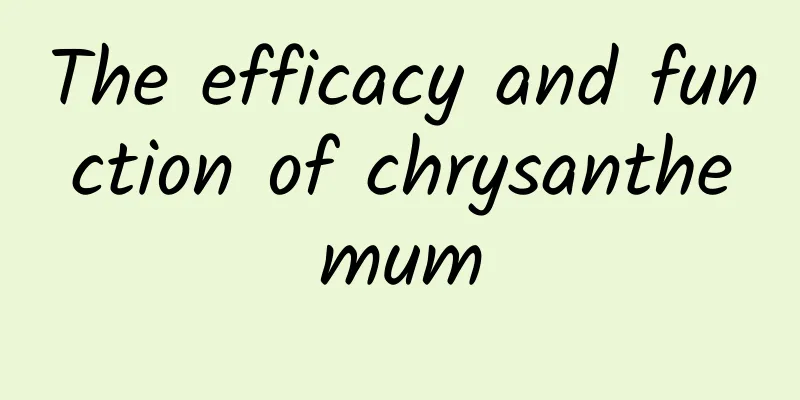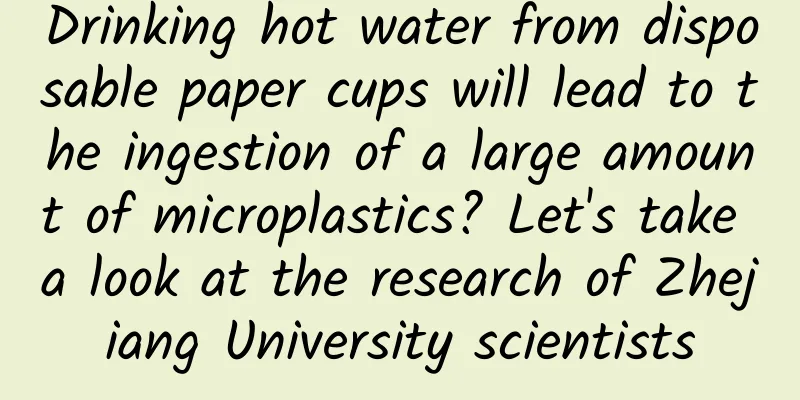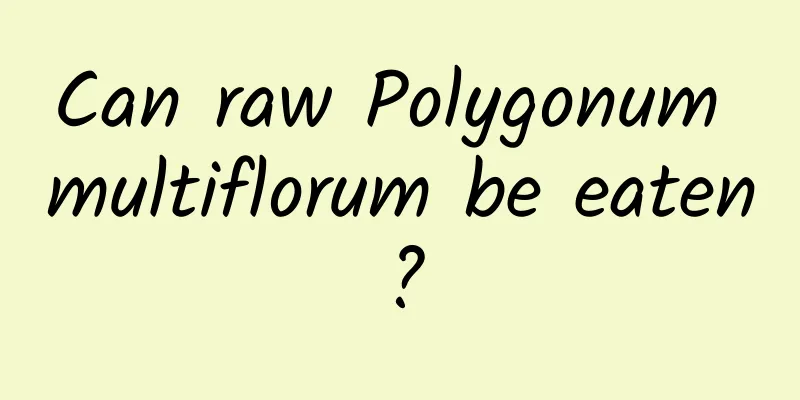The efficacy and function of chrysanthemum

|
Chrysanthemum is often used as a medicinal herb in traditional Chinese medicine. This is also because of the medicinal value of chrysanthemum itself, so today I will tell you about the relevant knowledge about chrysanthemum. 【English name】 FLOS CHRYSANTHEMI [Other names] Chamomile, white chrysanthemum, yellow chamomile, medicinal chrysanthemum, white tea chrysanthemum, tea chrysanthemum, Huai chrysanthemum, Chu chrysanthemum, Hao chrysanthemum, Hang chrysanthemum, Gong chrysanthemum [Source] This product is the dried inflorescence of Chrysanthemum morifolium Ramat., a plant of the Asteraceae family. The flowers are harvested in batches when they are in full bloom from September to November, and dried in the shade or roasted, or smoked, steamed and then sun-dried. The medicinal materials are divided into "Boju", "Chuju", "Gongju" and "Hangju" according to their origin and processing methods. [Properties] Boju: Inverted cone or cylindrical, sometimes slightly flattened into a fan shape, with a diameter of 1.5 to 3 cm, discrete. The involucre is disc-shaped; the bracts are 3 to 4 layers, ovate or elliptical, herbaceous, yellow-green or brown-green, covered with soft hairs on the outside, and have membranous edges. The torus is hemispherical, without a peduncle or hairs. There are several layers of ligulate flowers, the female ones are located on the periphery, white, straight, raised, longitudinally folded, with scattered golden glandular dots; there are many tubular flowers, bisexual, located in the center, hidden by the ligulate flowers, yellow, and with 5 teeth at the top. Achenes are rudimentary and have no pappus. It is light, soft and crisp when dry. It has a light fragrance and tastes sweet and slightly bitter. [Identification] Take 1g of this product, cut it into pieces, add 20ml of petroleum ether, and treat it ultrasonically for 10 minutes. Discard the petroleum ether, evaporate the residue, add 1ml of dilute hydrochloric acid and 50ml of ethyl acetate, and treat it ultrasonically for 30 minutes. Filter, evaporate the filtrate to dryness, and add 2ml of methanol to dissolve the residue as the test solution. Take another chlorogenic acid reference substance and add ethanol to prepare a solution containing 0.5 mg per 1 ml as the reference substance solution. According to the thin layer chromatography method (Appendix Ⅵ B), 0.5-1μl of each of the above two solutions were taken and spotted on the same polyamide film. The upper layer solution of toluene-ethyl acetate-formic acid-glacial acetic acid-water (2:30:2:2:4) was used as the developing agent. The film was developed, taken out, dried, and examined under ultraviolet light (365nm). In the test sample chromatogram, a spot of the same color appears at the corresponding position in the reference sample chromatogram. 【Nature and flavor】 Sweet, bitter, slightly cold. [return through] return to the lung and liver meridians. 【Functions and indications】Disperses wind and heat, soothes the liver and improves eyesight. Used for wind-heat cold, headache, dizziness, red and swollen eyes, and blurred vision. 【Usage and Dosage】 5~9g. [Remarks] (1) Chrysanthemum has a weaker effect in dispelling wind but is better in clearing heat. It is often used with mulberry leaves for treating exogenous wind-heat. It can also be used with scutellaria baicalensis and gardenia to treat symptoms such as excessive heat and irritability. Chrysanthemum can be used to treat red, swollen and painful eyes, regardless of whether it is caused by liver fire or wind-heat, because this product can both clear liver fire and disperse wind-heat. It is often used together with cicada shells, Tribulus terrestris, etc. If the liver yin is insufficient and the eyesight is blurred, it is often used together with raw rehmannia, wolfberry, etc. Chrysanthemum is very good at clearing away heat and detoxifying. It is an important medicine in surgery. It is mainly used for heat-toxic sores, redness, swelling, heat and pain. It is especially effective for carbuncles, swelling, pain and toxins. It can be taken internally or mashed and applied externally. In clinical practice, it is often used in combination with heat-clearing and detoxifying products such as plantain and dandelion. Chrysanthemum can calm down liver yang, and is often used in combination with mother of pearl, kudzu vine, etc. to treat dizziness caused by hyperactivity of liver yang. 【Excerpt】 Chinese Pharmacopoeia [Source] "Ben Jing" This article introduces some basic knowledge about the medicinal herb chrysanthemum. Chrysanthemum is very effective in treating some related diseases of the human body. Moreover, chrysanthemum has a certain conditioning effect on the body and can be consumed in moderation. |
<<: The efficacy and function of foal placenta
>>: The efficacy and function of Kuna flower
Recommend
I was just cooking, and my life was gone in an instant! 8 deadly behaviors in the kitchen, never do them!
The kitchen is the busiest place in the house, an...
The efficacy and function of four-leaf clover
We can often see four-leaf clovers in our daily l...
What exactly is the mysterious creature “Water Monkey”?
In our country, various versions of the "wat...
eMarketer: E-commerce is expected to account for one-third of UK holiday shopping spending in 2020
Digital retail will have a huge impact on UK shop...
Can crossing your legs cause varicose veins? The truth is...
Myth: "Crossing your legs can cause varicose...
The efficacy and function of turtle meat [picture]
Do you know anything about turtle meat [picture]?...
The efficacy and function of catalpa
Catalpa ovata is a common Chinese medicine in cli...
Congratulations! The Chinese team ranks third in the medal table!
Beijing 2022 Winter Olympics The Chinese sports d...
The efficacy and function of honeysuckle
As the pressure of modern life increases, more an...
Processing Methods of Aconite
After processing, aconite can be made into salt a...
Cell death, is it "suicide" or "accident"?
Audit expert: Ji Shi Life Field Observer Humans a...
Radio Gymnastics is 70 years old! Are there any young you in these photos?
Every day at noon Sitting in the office I can hea...
The efficacy and function of rat fat
As the pressure of modern life increases, more an...
Are you young but have wrinkles all over your neck? These behaviors will make your neck wrinkles deeper and deeper...
This article was reviewed by: Xiaobo Zhou, Doctor...
What is the medicinal value of cycad flowers
Dracaena is a substance we often hear about from ...









